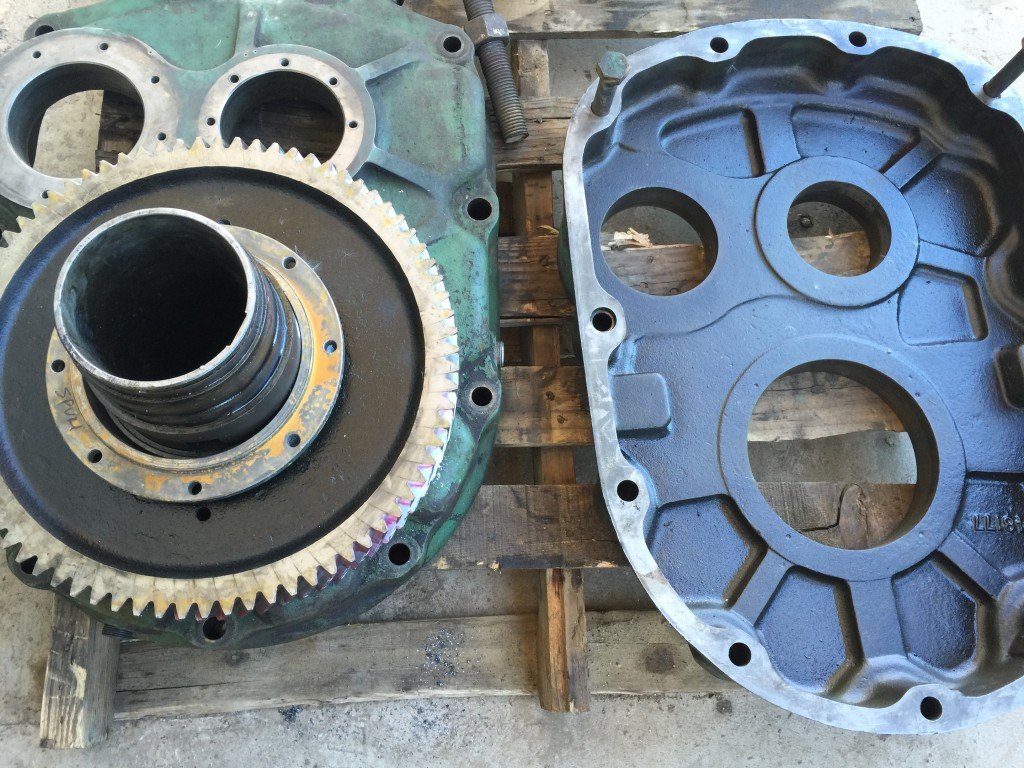Mobile:+86-311-808-126-83
Email:info@ydcastings.com
English
pipe end cap
Understanding Pipe End Caps A Comprehensive Overview
Pipe end caps are essential components in various piping systems, providing numerous benefits in both industrial and residential applications. These fittings serve a crucial role in sealing the ends of pipes, preventing moisture, debris, and contaminants from entering the piping system. As seemingly simple accessories, their importance cannot be overstated in maintaining the integrity and functionality of pipelines.
Pipe end caps are manufactured in a variety of materials, including plastic, metal, and rubber, each suited for specific applications. For instance, stainless steel and carbon steel caps are commonly used in industrial settings due to their strength, durability, and resistance to corrosion. In contrast, PVC and CPVC caps are popular in plumbing and irrigation systems, where lightweight and corrosion-resistant solutions are required.
One of the primary functions of pipe end caps is to provide a secure closure for piping systems that are not currently in use. This temporary sealing is essential in preventing the backflow of liquids or gases, ensuring that the system remains clean and free from unwanted substances. In addition to acting as a barrier, end caps can also be instrumental during maintenance or construction activities. They allow for the testing of pressure within the pipe, ensuring that any leaks or weaknesses are identified before the system is fully operational.
pipe end cap

In many industries, the use of pipe end caps also contributes to safety
. For instance, in oil and gas operations, properly capped pipes reduce the risk of dangerous leaks and spills, thereby protecting both the environment and the workforce. Furthermore, end caps can prevent accidents related to open pipe ends, which could otherwise pose a hazard to personnel.When selecting pipe end caps, it is essential to consider factors such as the pipe material, diameter, and application type. Caps come in various sizes and shapes, including threaded, slip-on, and welding types, catering to different installation methods and specific project requirements. Moreover, choosing the right end cap can enhance the longevity of the piping system, reducing the need for frequent repairs or replacements.
In conclusion, pipe end caps may appear to be minor components in a larger system, but their role is vital in ensuring the efficiency and safety of piping applications. By preventing contamination, facilitating maintenance, and enhancing safety measures, these fittings contribute significantly to the overall functionality of pipelines. Whether in commercial, industrial, or residential settings, the thoughtful selection and application of pipe end caps are essential for the success and longevity of piping systems.
-
Materials Used in Manufacturing Cap End Pipe FittingsNewsNov.24,2025
-
Material Properties of CF8M CastingNewsNov.24,2025
-
How to Inspect Pump Cap Ends for DamageNewsNov.21,2025
-
Backward Curved Impeller – Efficient Airflow Solutions for Industry | YD CastingsNewsNov.21,2025
-
Automobile Water Pump - Efficient, Quiet, Durable & ElectricNewsNov.21,2025
-
Impeller for Pumps – High-Efficiency, Durable, OEM-ReadyNewsNov.21,2025











